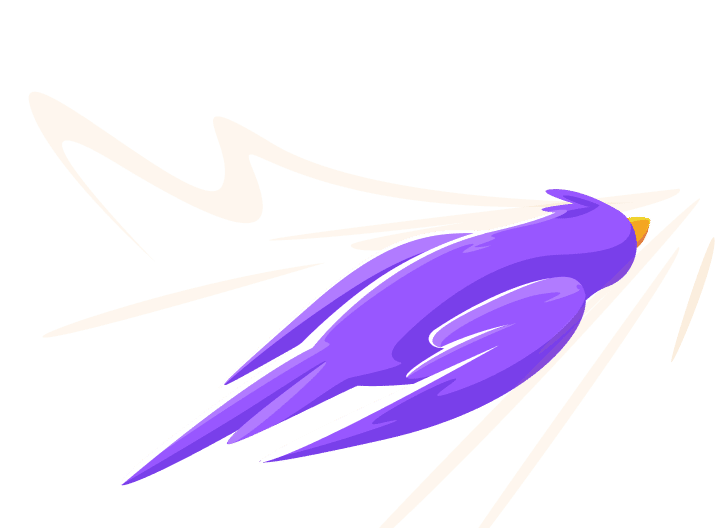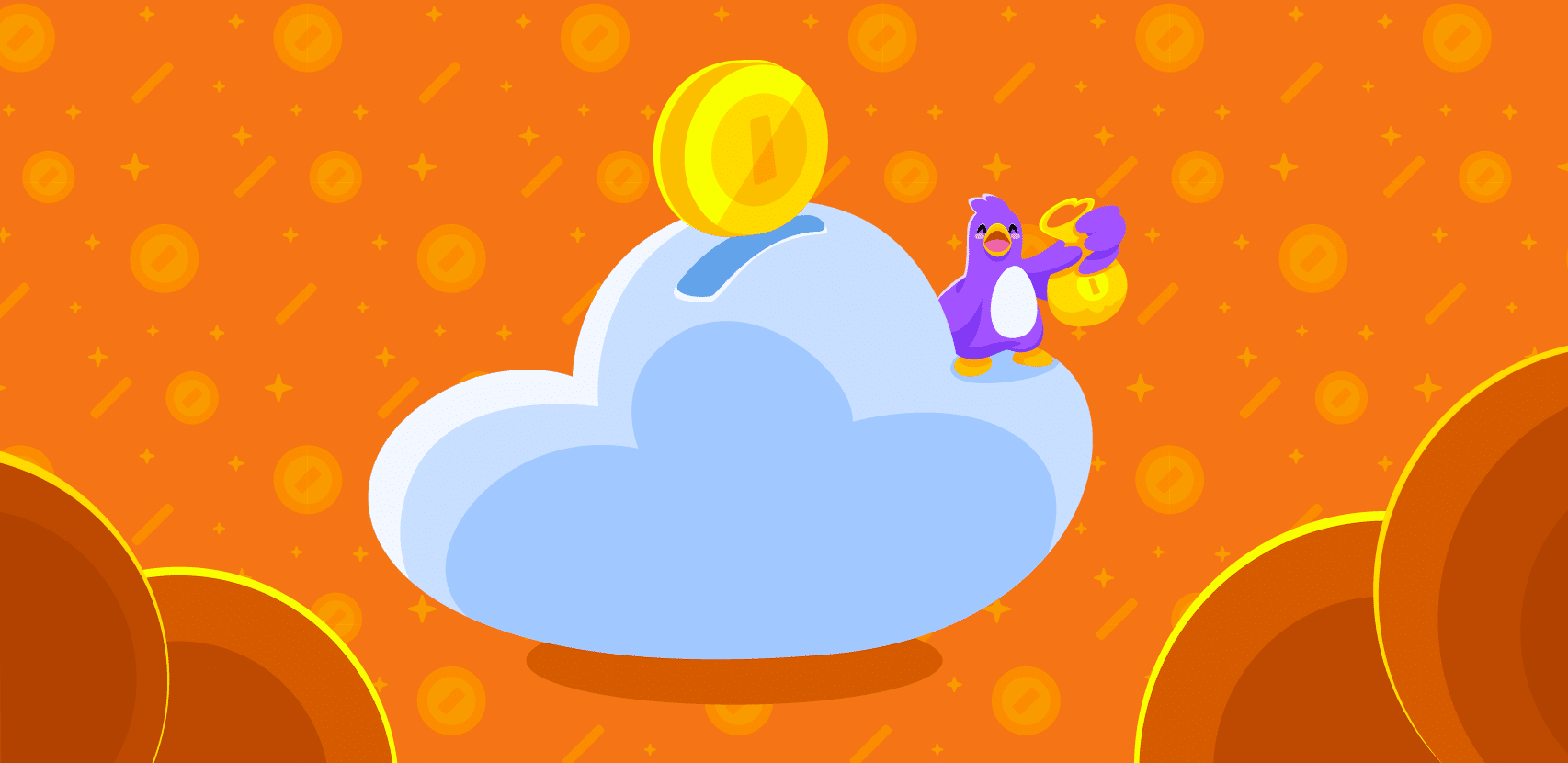
Observability and Ownership: The Path To Faster Issue Resolution

As digital transformation and the consequent move towards cloud-native continues to accelerate, and customer demands increase, traditional approaches to debugging and troubleshooting are limited and insufficient. Developers must quickly understand the relationships between user sessions, topology, and end-to-end transactions during incidents. This is made all the more difficult when they encounter the complexity of cloud-native environments and makes working in their production environments much more difficult.
And yet, it’s not just the team that’s impacted. It’s a domino effect. While it might start in the code with an issue or a bug, it could escalate and impact your customers and bottom line. Which, of course, can’t happen.
That’s why most organizations have already implemented various methods of coping with these challenges, whether it’s the shift-left methodology, ownership, or onboarding of new tools for better visibility. But what happens when you combine all of those? This blog will explore exactly what you should do to ensure your R&D team can fix issues faster.
Common Observability Challenges of Cloud-Native Architectures
Observability in cloud-native architectures is complex due to the distributed nature of microservices and containerized environments. Identifying and isolating the root cause of issues that may arise in the system can be difficult, as numerous moving parts and dependencies are involved. Traditional monitoring solutions are often not enough to capture the full picture. Additional observability tools such as tracing, logging, and metrics must be leveraged for a holistic view of a system’s performance. If that wasn’t enough to deal with, it’s essential to ensure that these tools are designed for cloud-native environments and can keep up with the scale and complexity of the system.
Shift-left practices aim to catch issues early in the development cycle by shifting quality and testing activities left in the software development lifecycle. This allows developers to detect and address issues before they become problems in production environments, which is crucial in cloud-native architectures where fast iteration and continuous deployment are common.
When developers have access to production environments, they can better understand how their code behaves in the actual environment and make informed decisions that optimize performance and reliability. They can get real-time feedback on code changes by building observability into the development process and proactively addressing potential issues. Observability and shift-left practices go hand-in-hand, as they both contribute to creating more resilient and reliable cloud-native architectures. But without ownership of production environments, they’ll still be limited in what they can do.

So What Does Ownership Look Like?
When developers have ownership, they are responsible for the health and well-being of the code they have written. This means they have a vested interest in the success of their code and take accountability for any issues that arise. But we can all be honest; not every company and management team is comfortable giving developers that level of access.
But we’re here to tell you that while we understand your fear, it’s wrong. Giving your devs production access will only benefit you. You’ll find that you’ll have better quality code and faster issue resolution.
Start by providing clear expectations and guidelines. Define what it means to have ownership, what responsibilities come with it, and what metrics are used to measure success. Provide training and support to help your team understand the production environment and the available tools. One common example of ownership is through on-call rotations, a model in which developers are responsible for monitoring and addressing any issues that pop up in production environments during a specific time period.
The Observability Tools For Success
Unfortunately, ownership on its own isn’t enough. Observability is essential to detect and diagnose problems in modern cloud-native applications. However, the specific observability needs depend on the role. For instance, developers need it to understand the behavior of their code during development and testing, whereas SREs require it to maintain service-level agreements in production environments. And to do so, both of them need the proper tooling. Let’s take a look at classic examples.
Enter Dynatrace (for end-to-end visibility across cloud-native applications) and Rookout (for debugging and troubleshooting production-level code).
The Dynatrace APM platform is a powerful tool that provides end-to-end visibility across cloud-native application stacks. The APM can detect and diagnose problems across complex microservices, containers, and serverless architectures. Dynatrace automatically maps out all the components of an application and visualizes the dependencies between them. This helps detect anomalies and diagnose problems quickly, minimizing user impact.
Rookout, on the other hand, enables developers to debug and troubleshoot code in production environments. Unlike the APM, Rookout focuses on providing developers with real-time visibility into their code with no code changes required. This is especially helpful when bugs must be fixed quickly, but access to the source code is unavailable, or the problem cannot be reproduced.
But these aren’t stand-alone tools. For maximum effect, Dynatrace and Rookout (or other similar tools) can be used together to provide full observability for both developers and SREs. With both tools, developers can identify and troubleshoot issues faster, as well as proactively identify performance issues and optimize code for better performance. SREs can use APM to identify issues with infrastructure and dependencies and Rookout to identify issues with code.
This is probably the part where you ask yourself, “Okay, these tools sound cool – but so what? Where is my complete view of what’s going on in my code?”.
That’s where the fourth pillar of observability – snapshots – comes in. Snapshots allow developers to capture a complete view of an issue, including application code, infrastructure, dependencies, and runtime data. This provides a more holistic view of the issue and enables faster troubleshooting. For example, a developer using Dynatrace APM and Rookout might notice that a particular function is taking longer to execute than usual. With Rookout, they can inspect the code in real-time to identify the root cause of the issue. They can then capture a smart snapshot that includes the code, runtime data, and infrastructure data, and share it with the SRE team. The SRE team can use the smart snapshot to identify any infrastructure or dependency issues that might be causing the problem. The developer and SRE team can resolve the issue quickly and minimize user impact. Awesome, right?

Python ∙ Java ∙ Go ∙ .NET ∙ Ruby ∙ Node.js & MORE. Rookout covers it all.
The TL;DR of Observability and Ownership
As we’ve seen, traditional observability and troubleshooting approaches are no longer sufficient in today’s complex production environments. R&D teams need access to the methodologies and tools that provide end-to-end observability and allow them to identify and resolve issues quickly. Ownership of production environments will give you better-quality code and faster issue resolution. End-to-end visibility across cloud-native application stacks will help your team detect and diagnose problems. By capturing metrics, log lines, and debug snapshots from a running application, they can troubleshoot faster and get instant insight into their app.
So that’s it. No need to complicate it – we all have enough complicated code as is. For faster issue resolution, give your team the gift of ownership, observability, and the proper tooling to get both.
Talk to us to learn more about how you can level up your observability and ownership! We’ve got you covered.





